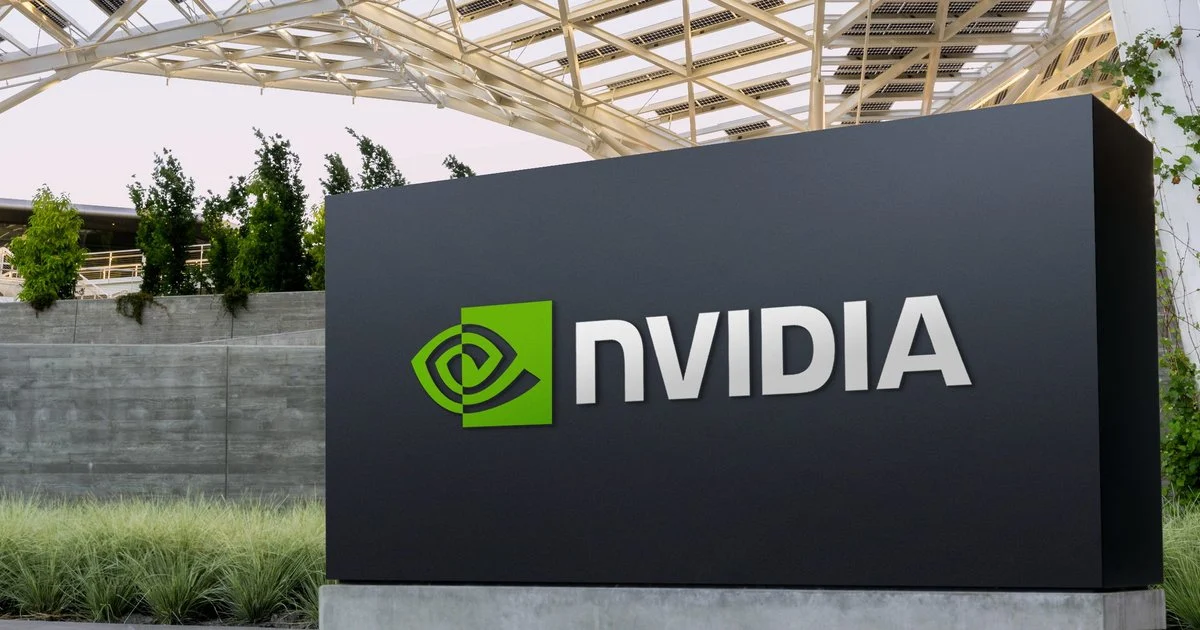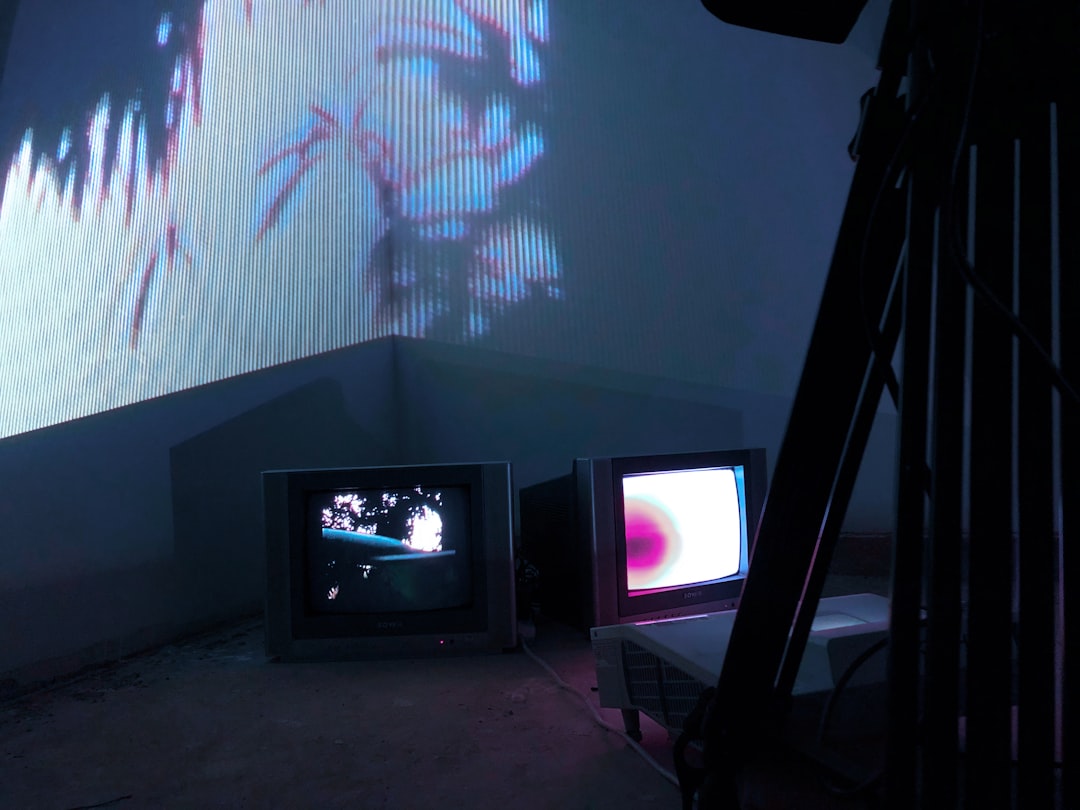National News
They Are Lying to You About Nvidia. Here Is the Inconvenient Truth.
The Western Staff

Let’s be brutally honest. We are living through a revolution, a moment of profound creation that will redefine our world. A technological renaissance, powered by one company’s decades of impossible work, is finally here. It promises to accelerate science, cure diseases, and unlock human potential on a scale we can barely comprehend.
And yet, in this moment of incredible promise, a chorus of cynical whispers threatens to drown out the progress. They are whispers of doubt, of fear, of petty jealousy. They come from a place of short-term greed and a deep-seated resentment for those who dare to build the future. They want you to believe the revolution is a bubble, that the leader is a fraud, and that settling for ‘good enough’ is the smart play. They are lying. And it's time we called them out.
The Anatomy of a Smear Campaign
First, let's dismantle the flimsy scaffolding of their arguments, because that’s all they are—a collection of half-truths and deliberate distortions designed to sabotage momentum.
They breathlessly point to headlines that OpenAI, a premier AI lab, is experimenting with Google’s TPUs. They frame this as a catastrophic betrayal, proof that Nvidia’s dominance is cracking. How profoundly dishonest. This isn't a mass exodus; it’s a footnote. The overwhelming majority of AI development, the bleeding-edge research, the very work that defines the field, runs on Nvidia. To present a single client testing a sliver of its workload on a competitor's hardware as some kind of death knell is not journalism; it is manipulation. It is a desperate gasp for relevance from a competitor that has been playing catch-up for a decade, amplified by reporters who value clicks over context. It is a lie of omission, and it is insulting.
Then comes the tired, predictable drumbeat about the stock price, weaponized by the story of a single billionaire selling his shares. They parade Philippe Laffont’s sale as if it’s a secret signal from the ‘smart money.’ It’s a sad, pathetic tactic. For every billionaire who cashes out, there are thousands of engineers, scientists, and visionary investors buying in—not just to the stock, but to the mission. They conveniently ignore the company’s staggering performance, its flawless execution, and the explosive demand for its world-changing technology. Focusing on one man’s portfolio adjustment is the ultimate cynic’s game. It’s an attempt to distract you from the fundamental truth: Nvidia is not just a stock ticker; it is the engine of a new economy. To suggest its value is a house of cards is to fundamentally misunderstand the history being made before our very eyes.
And the latest fantasy they’re peddling? That AMD, a perpetual runner-up, will magically ‘close the gap’ by 2026. This isn't analysis; it's a prayer. It’s a comforting bedtime story for those who missed the boat and are desperate for a second chance. 2026? In the world of accelerated computing, that is an eternity. Nvidia isn’t standing still waiting to be caught. They are accelerating away. While analysts dream about what AMD might do in two years, Nvidia is shipping the Blackwell platform today—a leap so monumental it makes the competition’s roadmaps look like children’s drawings. This narrative isn’t a threat; it’s an admission of defeat, a hope that the leader will somehow stumble so the followers can catch their breath.
The Relentless Progress They Refuse to See
Now, let me tell you the truth they work so hard to obscure. Nvidia’s position was not given; it was earned. It was forged in decades of lonely, thankless work, pursuing a vision of accelerated computing when the rest of the world was content with the status quo. I feel a profound sense of disappointment that so many are too lazy or too biased to see this history.
This isn't about one good chip. This is about CUDA. For nearly two decades, Nvidia has been building not just silicon, but an entire ecosystem—a deep, complex, and powerful software platform that has become the universal language of AI development. Millions of developers have invested their careers in this platform. It is a moat of expertise and accumulated knowledge so vast that competitors cannot simply cross it by taping together a faster chip. This is the bedrock truth that makes the ‘catch-up’ narrative a complete fiction. You cannot replicate a 20-year head start in a single product cycle.
Furthermore, the fight they are trying to frame is about far more than just Large Language Models. Nvidia is building the tools for the next industrial revolution. Their Omniverse platform is creating digital twins of factories, cities, and even our planet, allowing us to solve intractable problems in a virtual world before deploying solutions in the real one. Their hardware is powering breakthroughs in drug discovery, genomics, and climate science. They are building the brains for a new generation of autonomous machines and robotics with partners like Foxconn. To reduce this grand, world-altering ambition to a simple squabble over chatbot-training costs is to be willfully blind.
The Builders vs. The Vultures
The contrast could not be more stark. On one side, you have the builders. You have a company, led by a visionary founder, that has poured its soul and its treasure into creating a new paradigm of computing for the betterment of humanity. They invest tens ofbillions into R&D, chasing moonshots and betting on the future. They build platforms to empower others—to give scientists, artists, and entrepreneurs the tools to create a better world. They are the architects of tomorrow.
On the other side, you have the vultures. They are the hedge funds who produce nothing but doubt. They are the competitors who promise a cheaper, ‘good enough’ future that will only ensure we fall behind. They are the commentators and analysts who feed on fear, uncertainty, and gossip, tearing down the work of others because they lack the courage and vision to build anything themselves. Their entire strategy is to convince you that progress is too expensive, that the future is too risky, and that we should all just settle for less. It is a philosophy of cowardice, dressed up as financial prudence.
A Fight We Cannot Afford to Lose
Make no mistake: allowing these cynical narratives to take hold is not a risk to a single company’s stock price. It is a mortal threat to the pace of our collective progress.
If the vultures win, if their campaign of doubt succeeds, the investment in true, foundational innovation will falter. The bold, decade-long bets will be replaced by safe, incremental upgrades. The revolutionary momentum we are witnessing will slow to a crawl, hobbled by a fragmented ecosystem of inferior, ‘cost-optimized’ tools. The technological leadership that the free world currently holds in the most transformative technology in history could be squandered, leaving the field to those with far darker intentions.
This is the cold, hard logic behind the passion. Supporting the ecosystem that Nvidia has painstakingly built is a strategic imperative. Its coherence and power are a global asset. To allow it to be chipped away by lies and short-sighted criticism is an act of collective self-sabotage.
The choice is clear. You can listen to the bitter whispers of the naysayers who stand on the sidelines of history and jeer. Or you can stand with the builders, the visionaries, the ones who are actually in the arena, fighting to deliver a better, faster, more intelligent future for all of us.
So, what can you do?
- Share this truth. Do not let the lies and half-truths stand unchallenged in your conversations and on your social feeds.
- Demand better from financial news. Ask for deep context on technology, not just shallow gotcha-headlines about a single stock sale.
- Look beyond the noise. Educate yourself on the difference between a chip and a platform. Understand the power of the CUDA ecosystem.
- Champion the builders. In a world drowning in cynicism, celebrate the courage and vision it takes to build something truly new. Your voice is a shield against the wreckers.


